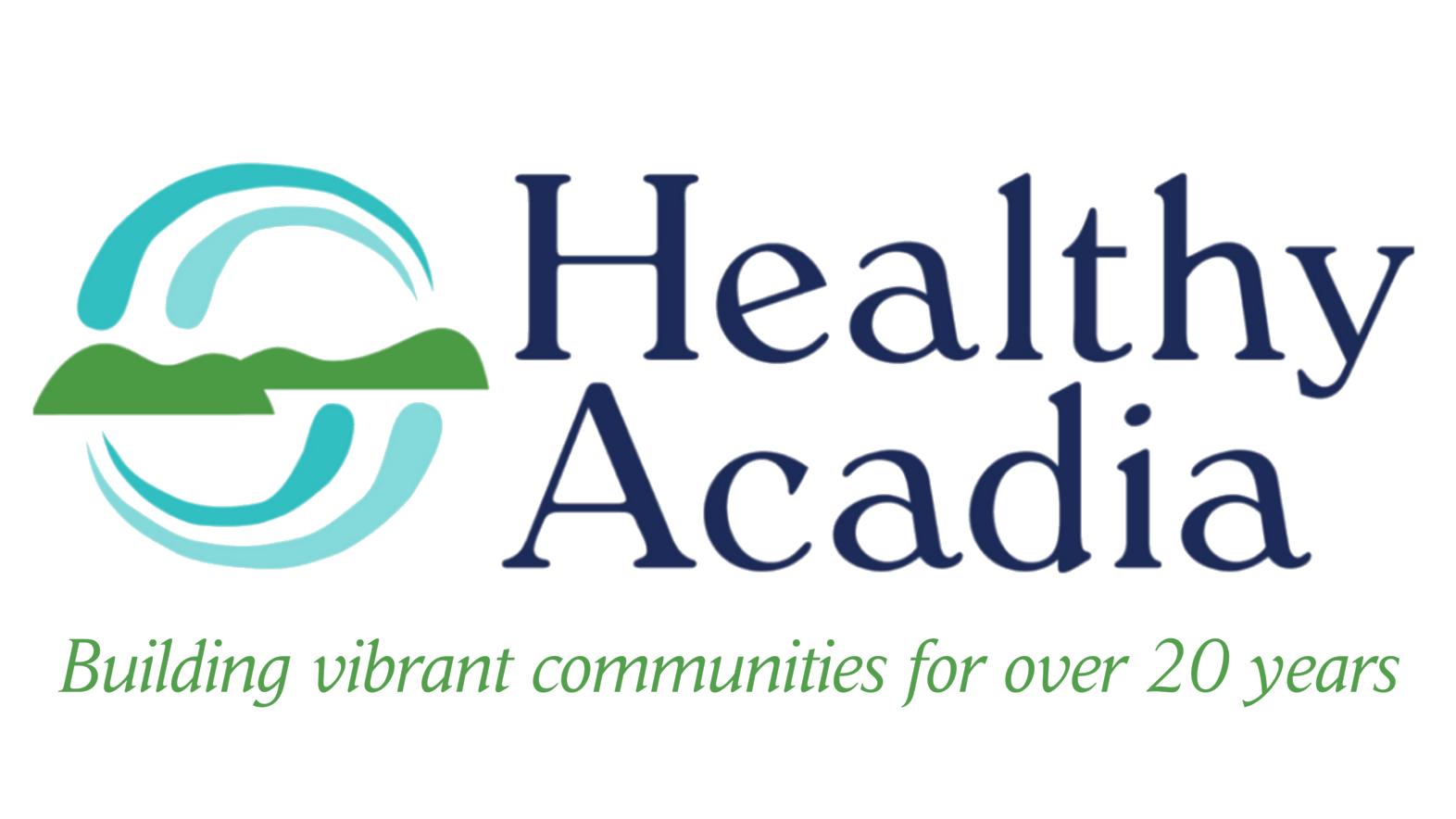The Majority of Teens in Downeast Maine Aren't Using Cannabis
Contributed by Mia Petrini, Community Health Coordinator
The results are in, and it’s a bit of good news! The vast majority of youth in the Downeast Public Health District (Maine’s Hancock and Washington counties) do not use cannabis. According to data gathered in the most recent Maine Integrated Youth Health Survey (MIYHS, 2023), just 18.6 percent - fewer than 1 in 5 - high school students reported using cannabis products in the preceding 30 days.
Correcting misperceptions of actual social norms is important because it may decrease the likelihood that young people will use substances. If youth believe that most of their peers are not using cannabis, they may be less likely to try it.
Parents play a major role in influencing the substance use choices of their children. Talk with your teens about your expectations around cannabis use and set and maintain boundaries. Explain why you disapprove of non-medical youth cannabis use.
Common risks associated with cannabis use include [1]
problems with learning and memory retention
difficulty paying attention or maintaining focus concentration
struggling with problem-solving;
lack of coordination and balance
poor academic and/or work performance
increased risk of mental health problems
poor judgment and decision-making
potential for addiction
Practice refusal skills with your children and help them create an “exit plan” if they are offered cannabis by their peers.[1] And remember - research shows that the human brain continues to develop into the mid-to-late twenties. To reach their full potential, young people should avoid substances.
[1] Substance Abuse and Mental Health Services Administration. Talking With Your Teen About Marijuana: Keeping Your Kids Safe. Substance Abuse and Mental Health Services Administration. 2020. PEP20-03-01-004. Accessed February 14, 2024. https://www.samhsa.gov/sites/default/files/TTHY-Marijuana-Broch-2020.pdf
